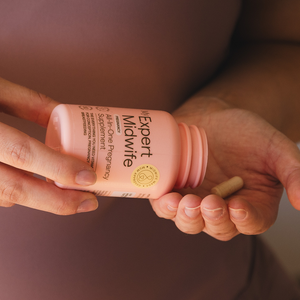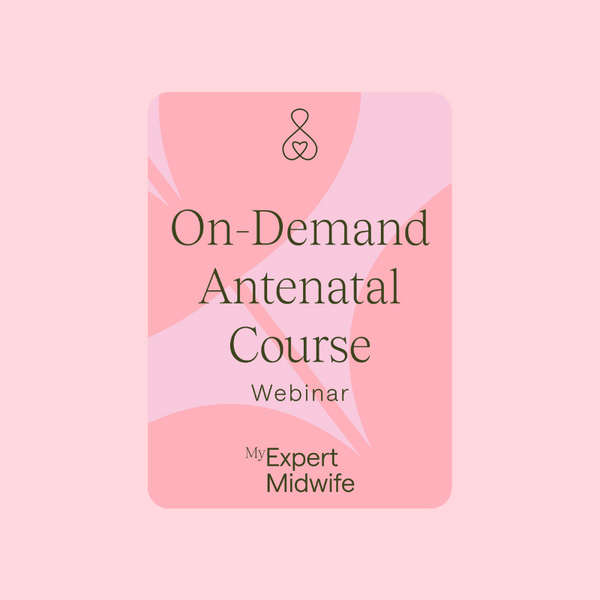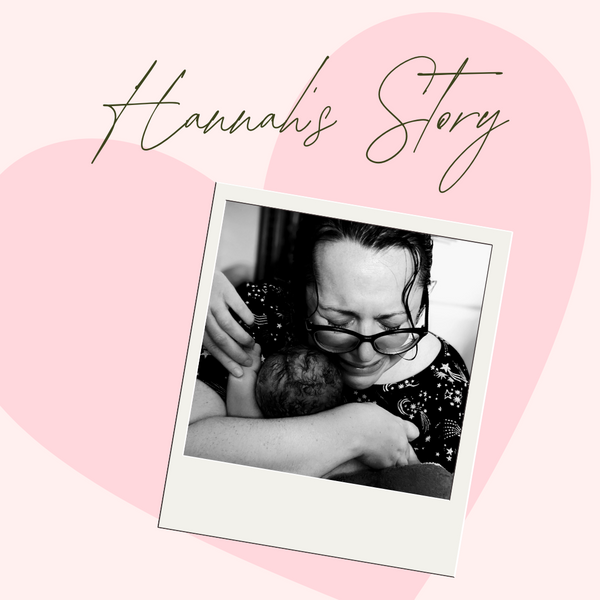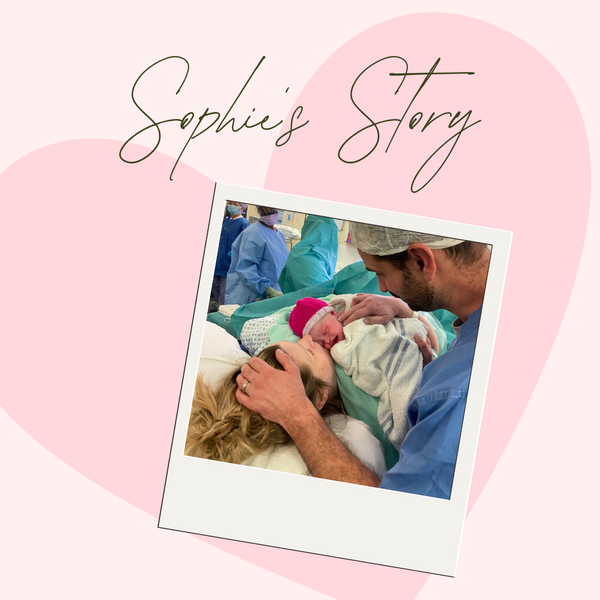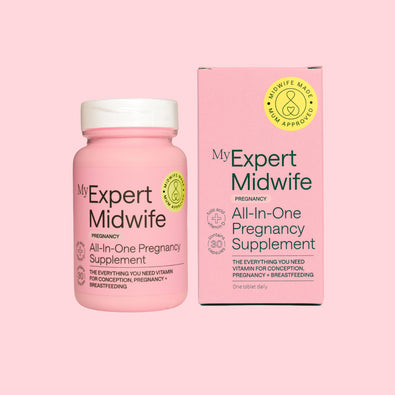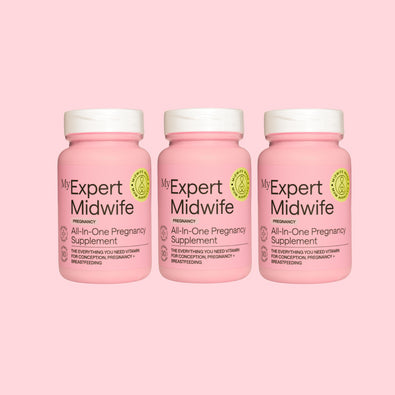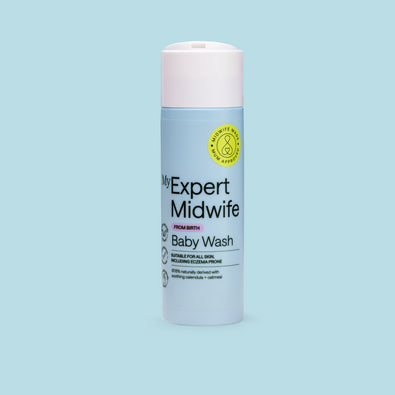When looking at increasing your chances of getting pregnant, you want to know the following:
- The best time to have sex to get pregnant
- How often you should be having sex
- When your most fertile days are
- What signs indicate that you are close to ovulation - such as cervical mucus changes
Read on to learn everything you need to know to increase your chances of having a baby!
When to have sex to conceive
Every woman and every menstrual cycle is unique. When combined with other hormonal changes that can occur daily and for different reasons, there is a chance you could get pregnant at any time throughout your cycle, even during your period.
Because of this, the best thing you can do to improve your chances of conceiving is to have regular sex, as having sex every 2-3 days can significantly increase your chances of becoming pregnant.
If you are clued up on your cycle and the signs that precede ovulation, the best time to have sex to get pregnant would be on the days just before and during ovulation, as this is your most fertile time.
When are you most likely to get pregnant?
There are a few days in your cycle when you are most fertile and, therefore, most likely to conceive, including ovulation day. And this is known as your ‘fertile window’.
For women who have regular cycles lasting 28-31 days, their fertile window tends to take place mid-cycle.
Fertile Window
The ‘fertile window’ starts a few days before ovulation. It is usually evident by several signs of ovulation, one of which is a significant change to your cervical mucus (vaginal discharge), which becomes copious, slippery and stretchy, similar to raw egg white.
Nature is wise, and this slippery discharge is very ‘sperm-friendly’, helping sperm travel more quickly through your reproductive system to meet the egg released from your ovary.
You may also feel more sexual during these days, as your body’s baby-making instincts nudge you to ‘mate’.
And, if you use an ovulation predictor kit, you’ll likely get a positive result in the 24-36 hours before ovulation, as your levels of luteinising hormone (LH) rise significantly.
This window is when you are most fertile - it is the time to get pregnant! Couples trying to conceive should not miss the opportunity to have sex during this time.
Check out our Trying to Conceive kit to track your fertile window.
Cervical mucus
The consistency of your cervical mucus is an excellent indicator of where you are in your cycle.
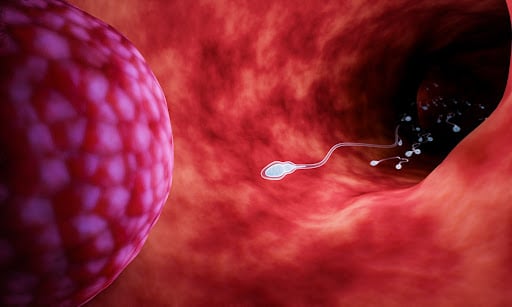
Knowing what the different types of discharge mean can help you gauge more accurately when you are most fertile and when conception is less likely.
Before and during ovulation, your cervical mucus increases in quantity and changes consistency, becoming ‘sperm-friendly’. Its wet, slippery, almost raw egg-white texture not only helps sperm to stay alive and healthy but also helps it to travel through the cervix to meet your egg in the fallopian tube.
Knowing how to identify when you are fertile, particularly what your cervical mucus looks like, is essential when trying to conceive. Timing intercourse during these days increases your chances of getting pregnant.
Ovulation
Ovulation happens when an ovary releases a mature egg from one of its follicles as the levels of oestrogen and luteinising hormone (LH) in your body peak. Then, the egg makes its way through the fallopian tube, where it can be fertilised by sperm.
If you’re wondering when you should have intercourse to get pregnant, consider that the chances of pregnancy increase if sexual intercourse has happened 1-3 days before ovulation, as sperm will still be alive and ‘waiting’ to fertilise the egg as soon as it is released.
In an average 28-day menstrual cycle, ovulation will occur around day 14, halfway through the cycle. In women with very irregular periods, ovulation can be harder to predict, but it will happen around two weeks before their period starts.
How to know when you are ovulating
One of the easiest and cheapest ways to determine your most fertile time and help predict when you will be ovulating is to track or chart your menstrual cycle.
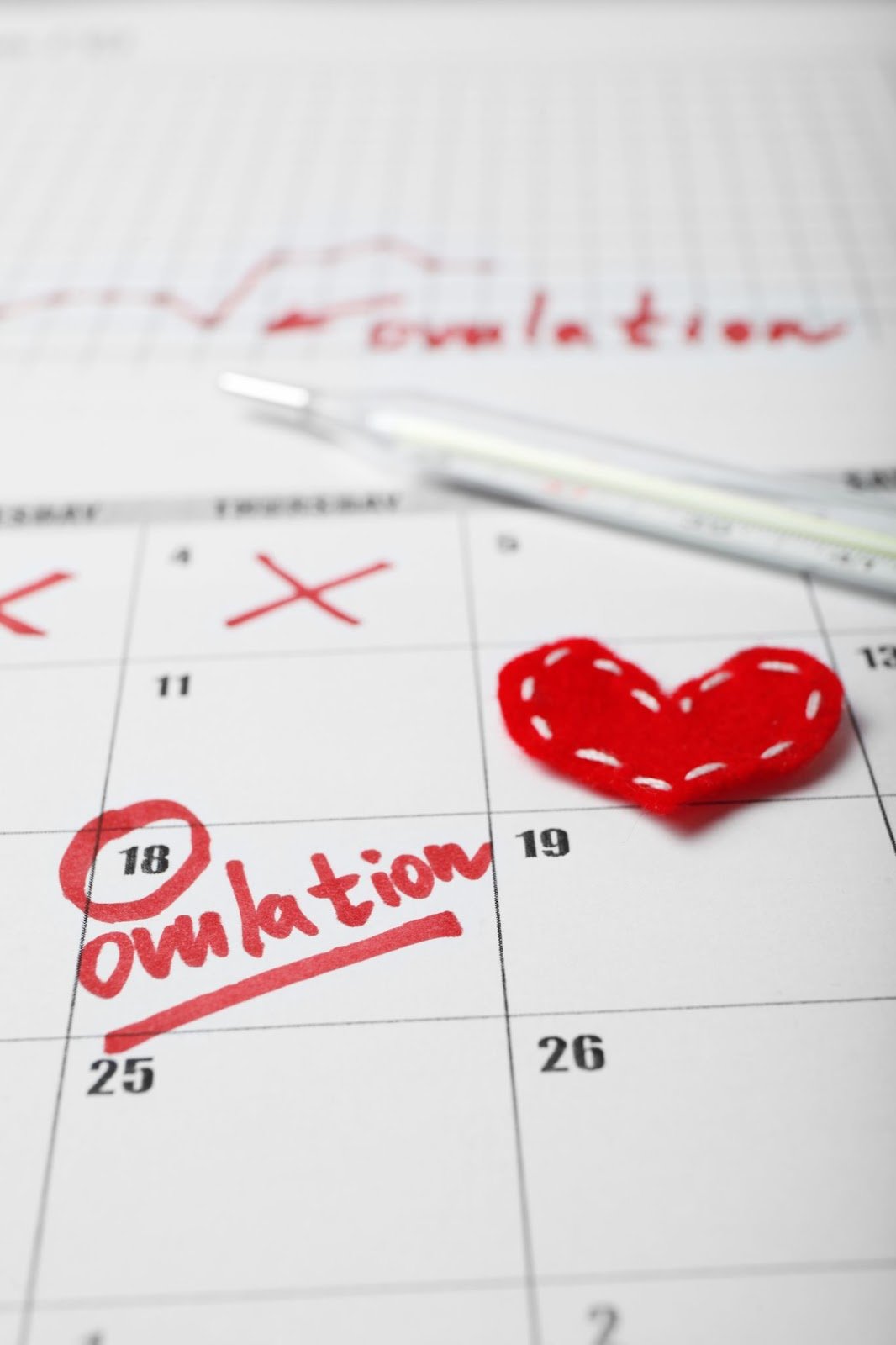
Your body gives you clues about the most fertile days during your cycle. And using all or some of these indicators can help you boost your chances of getting pregnant.
Getting to know your cervical mucus and what the changes in its consistency and quantity mean are an easy way of knowing when you are approaching ovulation.
You may also take your basal body temperature (BTT) daily, feel the consistency of your cervix, note when you feel more sexual, and any other changes to your body (for example, breast tenderness or mittelschmerz) and your mood.
Measuring the level of luteinising hormone (LH) using ovulation test strips or an ovulation predictor kit around the time you predict ovulation will also help you determine your most fertile days for timing sex.
Do you always ovulate?
Illness, stress, excessive weight gain or weight loss, and other lifestyle habits can interfere with ovulation, resulting in about 15% of women who have periods not releasing an egg every month. If you think you may not be ovulating, do speak to your GP.
Read more here about how your lifestyle habits can affect your chances of getting pregnant.
How often should you have sex when trying for a baby?
The more you have sex, the greater your chances are of conceiving – it’s that simple!

When an ovary releases an egg (ovulation), the egg only has 12-24 hours to be fertilised. But, because sperm can live inside you for up to 5-7 days, having regular sex or even sex every day will mean that, in theory, there will always be a few (million) live ‘little swimmers’ around to fertilise your egg when it is released.
Because of this, if you have sex an average of 3 times a week, you will significantly boost your chances of becoming pregnant.
The best thing you can do with your partner is to relax, have fun, and enjoy your relationship without worrying about becoming pregnant. Anxiety and stress can act against you, so don’t allow yourselves to go down that rabbit hole. Try not to ‘strategise’ and just enjoy having more sex!
Read our blog on myth-busting about sex when trying to conceive.
How many days after my period can I get pregnant?
The number of days you remain fertile after your period is individual and depends on your cycle length and other factors that affect your hormonal balance. Say your cycle is an average of 28 days long, you would be ovulating around day 14, which means that your fertile window could start as early as 9-10 days after the first day of your last period.
If your cycle is longer, count 18-19 days before what you predict may be the first day of your next period. Because you would generally ovulate 14 days before your period, your fertile window would start a few days before this.
Key takeaway
Having sex is essential to conceive naturally, yet trying to schedule it can quickly spoil intimacy between you and your partner.
The road to making a baby may be longer for some and shorter for others, but it does not need to be exhausting. You can enjoy having sex more often and regularly by relaxing and making it fun and spontaneous.
Getting to know your body and its changes before and during ovulation can help you improve your chances of becoming pregnant.
Our Trying to Conceive kit has been developed by expert midwives to support you in your journey to having a baby and includes a chart, a thermometer, ovulation test strips, pregnancy tests and a midwife-written guide.
